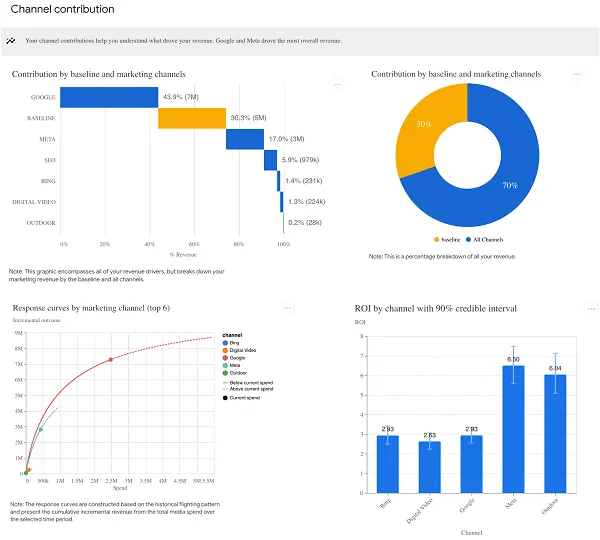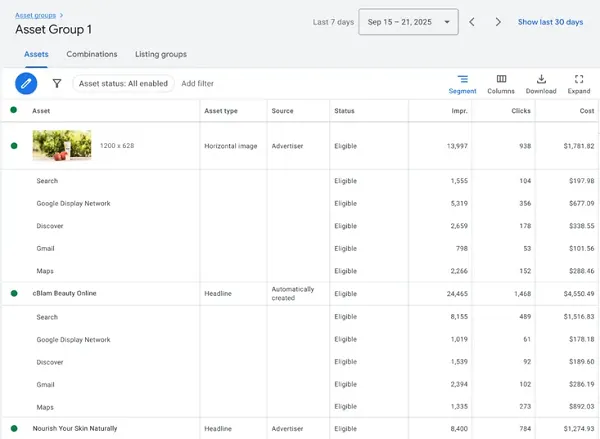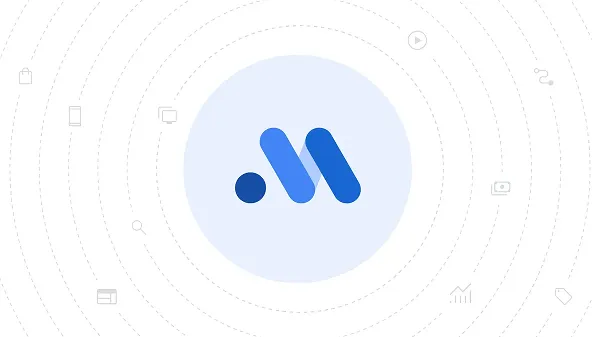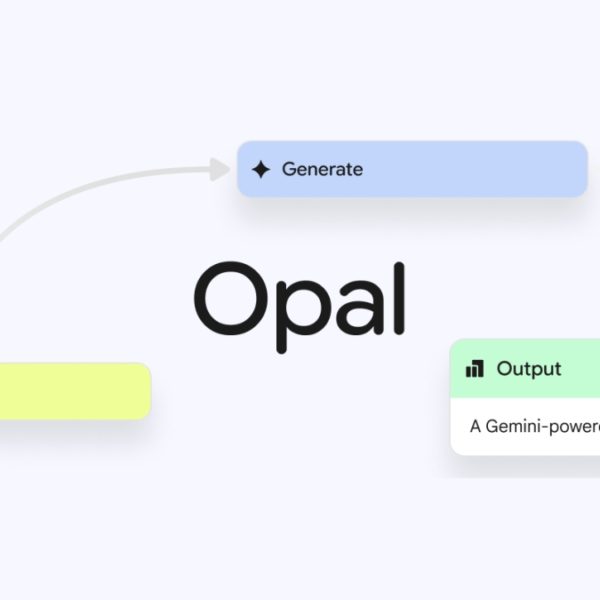Google’s rolling out some new updates for its “Meridian” marketing mix model (MMM) reporting, which provides more insight into ad campaign performance by comparing data against a broader range of historical factors.
Meridian, which Google first launched back in January, is an open source MMM process, which aims to provide more in-depth data on advertising ROI, and insight into specific channel performance, in order to help marketers make more informed choices about their ad spend.

With Meridian, advertisers can establish their own parameters and inputs to better measure the elements that matter to them, which can help to attribute how things like TV commercials, and ads on social media influence purchase behavior.
And now, Google’s adding some more data options into the Meridian mix:
“Meridian now lets you include non-media variables like pricing and promotions to more precisely measure their impact on sales. And new channel-level contribution priors are designed to help you guide the MMM with your own business knowledge so you can get more actionable insights.”
So now, you’ll have even more inputs to plug into your Meridian data measurement, which could provide additional insight into ad performance.
Google says that Meridian users can now also measure the longer-term effects of brand recall and influence.
“This is made possible by enhanced binomial adstock decay functions for smarter optimization. Plus, new marginal ROI (mROI) based priors help you pinpoint where your next dollar should go for the highest return with strategic adjustments based on past success.”
It’s a fairly technical processing of ad data, but the idea is that these models will give you more insight into the actual impact of all the variables, which can help you make smarter decisions about your ad spend.
On a related front, Google’s also improved its reporting for AI-powered Performance Max campaigns, which are able to adjust your campaign in real-time to meet your business goals.
Google says that it’s expanded its reporting options for Performance Max campaigns, including the addition of segmentation in asset reporting.
“If you want to find new ways to optimize your asset mix, you’ll now be able to segment your asset reports by devices, time, conversions and networks.”

As you can see in this example, you’ll now be able to segment your data by device, time, conversion and networks. You can now also segment the Channel Distribution table by conversion action and event type, giving you more ways to dig into the data, and better understand how the system is driving results.
Some more in-depth reporting and tracking options, which could help you improve campaign performance.













